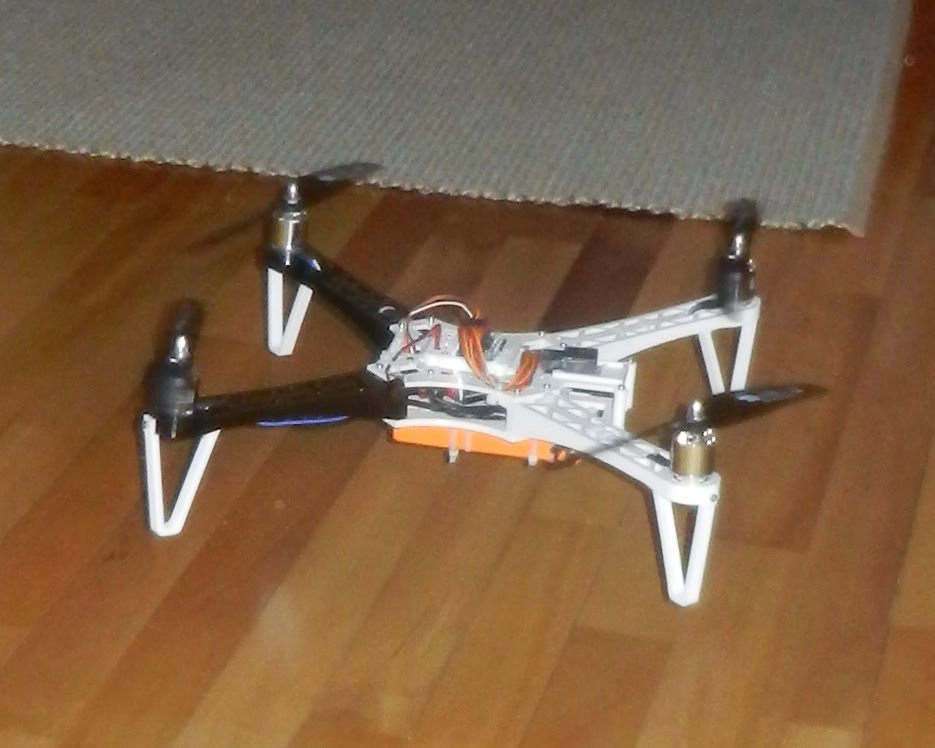January 2nd 2015
For the new year I've decided to take the blog in a new direction. In the past I've written about open source development and multicopters. But it's hard to get the point of open source across without a few worked examples. Currently I'm putting together a multicopter derived from a variety of open source influences. So I've decided to record my progress in this blog. This will, I hope, illustrate how the internet and open source developments are influencing how new technologies are developing.
This is not intended to be a how to for multicopter builders. This is a look at the new ways of getting the information together to build such a machine. Back in the days when I started building and flying model planes we had a few magazines and library books and that was about it. Now, one can watch videos, get advice from internet forums with an international membership as well as downloading free design files to build parts of your project on a 3D printer. The software of various electronic controllers used in models is being improved by enthusiasts and this too can be downloaded, for free. The internet has provided a way for people all over the world to cooperate on development.
The machine I want to build will eventually be capable of autonomous operation, it should be able to take off, navigate out of line of site, perform some operation (take a movie) and automatically return. But I intend to get there in gradual steps.
Phase 1.
First comes conventionally controlled, radio controlled flight. I've already flown this version.
In multicopter terms its relatively simple. It can be broken down into the following elements:
1. Airframe. This was produced on my 3D printer. The design was download, free of charge from a website called Thingiverse. http://www.thingiverse.com/ As you can see once this was created and released it was then 'remixed' (modified) by other enthusiasts. Crossfire 2. Various bits have been improved or added and then back uploaded to Thingiverse.
2. Control system. In order to get something in the air relatively quickly I went, intially, for a simple flight control board. The flight control board must translate the pilots control stick demands - forward-back, left-right, more-less throttle and yaw into changes of speed to the four motors. Additionally the flight control board has a set of solid state gyroscopes and accelerometers which the on-board software references. These sensors, and the software help keep the copter stable. My version uses the factory software as delivered but this is undergoing further development and I will shortly load it with new open source software.This is open for all to access and modify. KK2-firmware GitHub
3. Power System. This consists of the electric motors and the electronic speed controls. The motors are straight from the Chinese factory but the speed controllers have now even had their software optimised for multicopter use. SimonK firmware This, to make the processor, on each speed controller get through its code more quickly so that the speed control can follow the changes in speed demand, from the flight controller, more quickly.
The main flight battery completes the power system. It is a 4 cell lithium polymer battery.
Once Phase 1 is satisfactory I will add further features. Phase 2, will include FPV, First Person live Video streaming, so that the machine can be flown as if on board. And Phase 3 will add a more complex control system capable of flying the machine autonomously.

No comments:
Post a Comment